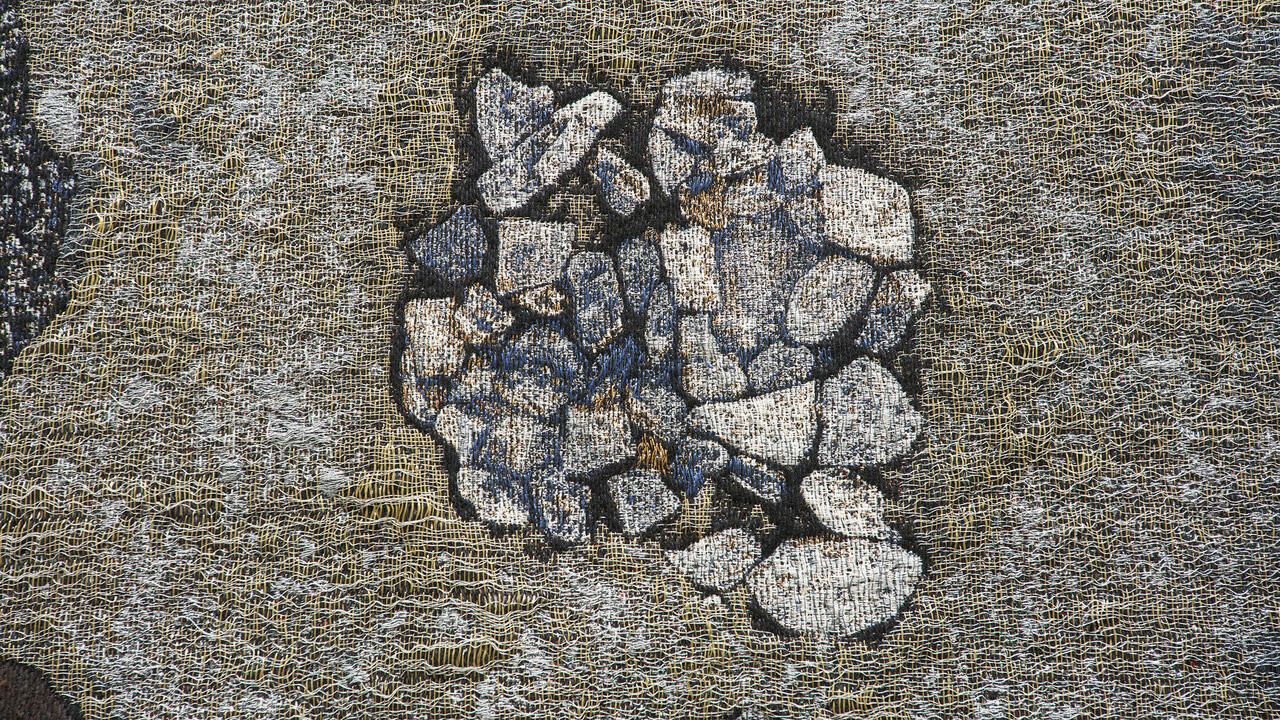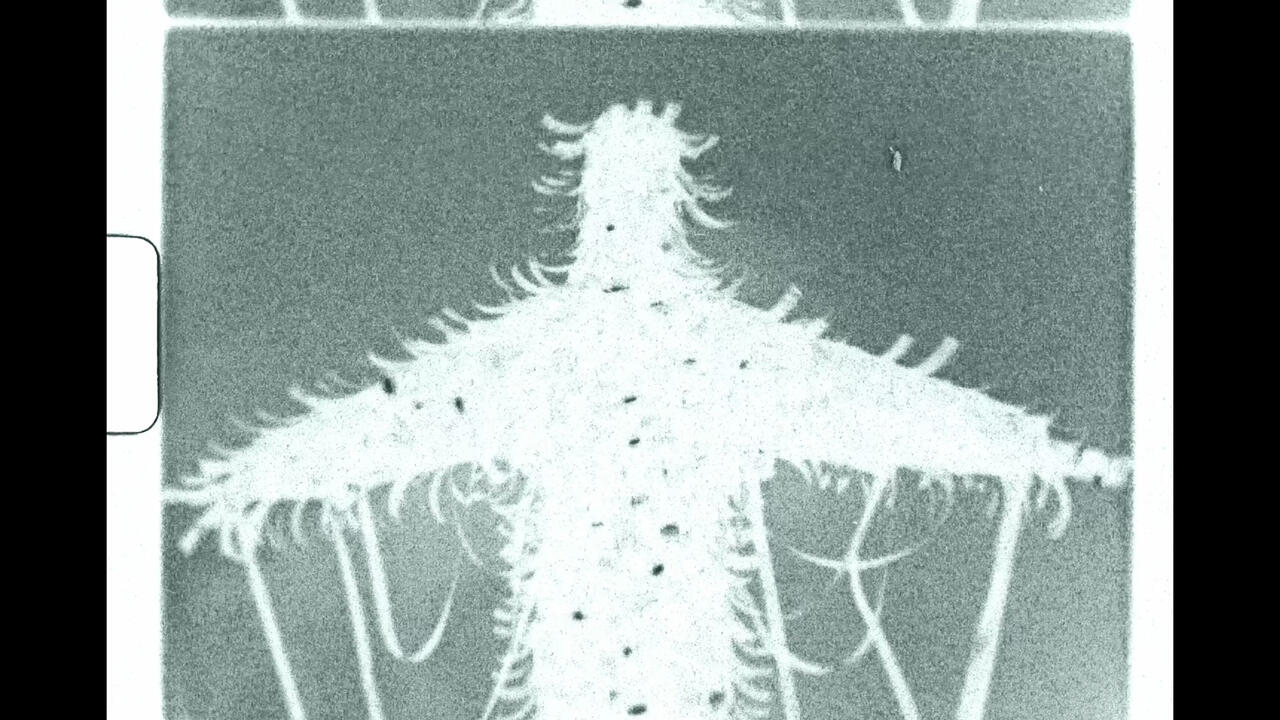‘Memory Is the Seamstress’ Revives Material Heritage
At Green Art Gallery, Dubai, a group exhibition underscores the significance of textile art and its ability to weave together a narrative of meaning
At Green Art Gallery, Dubai, a group exhibition underscores the significance of textile art and its ability to weave together a narrative of meaning

Four larger-than-life figures greet viewers as they enter Green Art Gallery. Created by Lebohang Kganye, these floating patchwork portraits – Nomasonto Mthembu, Maria Magadeni Mkhalipi, Job Mkhalipi and Gladys (all 2022) – draw from the Johannesburg-based artist’s family albums. Stitching together chunks of black, white and grey cloth that recall old photographs, Kganye re-creates images of her relatives on gauzy layers of organza and calico. In direct opposition to Apartheid’s obscuring narratives, which eliminated the identities and cultural heritage of Black South Africans, the scale of the works reinforces the importance of family archives in preserving these memories for future generations.

‘Memory Is the Seamstress’ engages with themes of displacement and loss under enduring structures of violence through photographic archives translated onto fabric. The exhibition derives its title from Virginia Woolf’s Orlando (1928), in which the author proposes textile work as a metaphor for memory processes. Curator Murtaza Vali posits that today’s instantaneous photography has altered this memory-textile connection and responds by presenting artworks that combine the mediums to reintroduce the complex textures of recollection and to open up imagistic possibilities.

Family records are sourced again for two quilted pieces by Hangama Amiri on the gallery’s back wall. Birthday (2023), for instance, shows a woman in a white dress surrounded by children, multicoloured balloons and metallic streamers. It is a celebratory moment, but the mood emanating from the image feels sombre. These works emerge from photographs Amiri’s parents exchanged while her father worked in Scandinavia and her mother took care of their family in Tajikistan following their departure from Afghanistan, explaining the sense of loneliness that the compositions exude. Amiri’s renditions of the visual exchanges between her parents emphasize the sacrifice and resilience of her family, with the meticulously layered textiles holding space for the artist to revisit undoubtably complex childhood memories defined by migration.

Jagdeep Raina’s embroideries, on the other hand, are about Punjabi people caught in capitalism’s web. Giving the appearance from afar of hastily executed, coloured-pencil sketches, these textiles are, in fact, meticulously created through a labour-intensive process of stitching silk thread onto muslin. Punjabi Pesticide Suicides (2022), for instance, shows a farmer working the fields with a backpack chemical sprayer that has a skull dripping ominously from its nozzle. Stitched on a black sheet underneath are the words ‘LISTEN DAMN IT HEAR THE SPRAYS BEING SQUIRTED CHEMICAL FUMES PUNJABI PESTICIDE SUICIDES.’ Adapting the Punjabi embroidery technique of phulkari, the works speak to the environmental and social devastation left by India’s industrialization of agriculture during the 1960s, known as the ‘Green Revolution’.

Nearby, a digital print on fabric is heavily embroidered with illustrations and text. The words ‘Build Better More’ loom large over an underlying image of seemingly lifeless bodies laid out in a row on a field. Drawing on photographs taken during the US colonization of the Philippines, Cian Dayrit’s Fever Dreams of Progress: Land Use (2023) highlights the inherently harmful impact of the extraction and exploitation that accompanies the rejection of traditional farming in favour of modern methods that promise to alleviate famine and poverty for local communities while increasing capital.

It is hard to overlook the fact that the techniques these artists employ have been threatened by the very structures they examine thematically in their work, including colonialism, capitalism, globalization, the exploitation of natural resources and the dominance of machine-led industries. ‘Memory Is the Seamstress’ showcases works by artists who revive their heritage materially and conceptually by engaging with the charged subjects of personal and collective archives. The exhibition underscores the significance of textile art and its ability to weave together a narrative of meaning, thread by thread, with every gesture of the hand.
‘Memory Is the Seamstress’ is on view at Green Art Gallery, Dubai, until 3 November
Main image: ‘Memory Is the Seamstress’, 2023, installation view, Green Art Gallery, Dubai. Courtesy: the artists and Green Art Gallery, Dubai. Photograph: Anna Shtraus






















